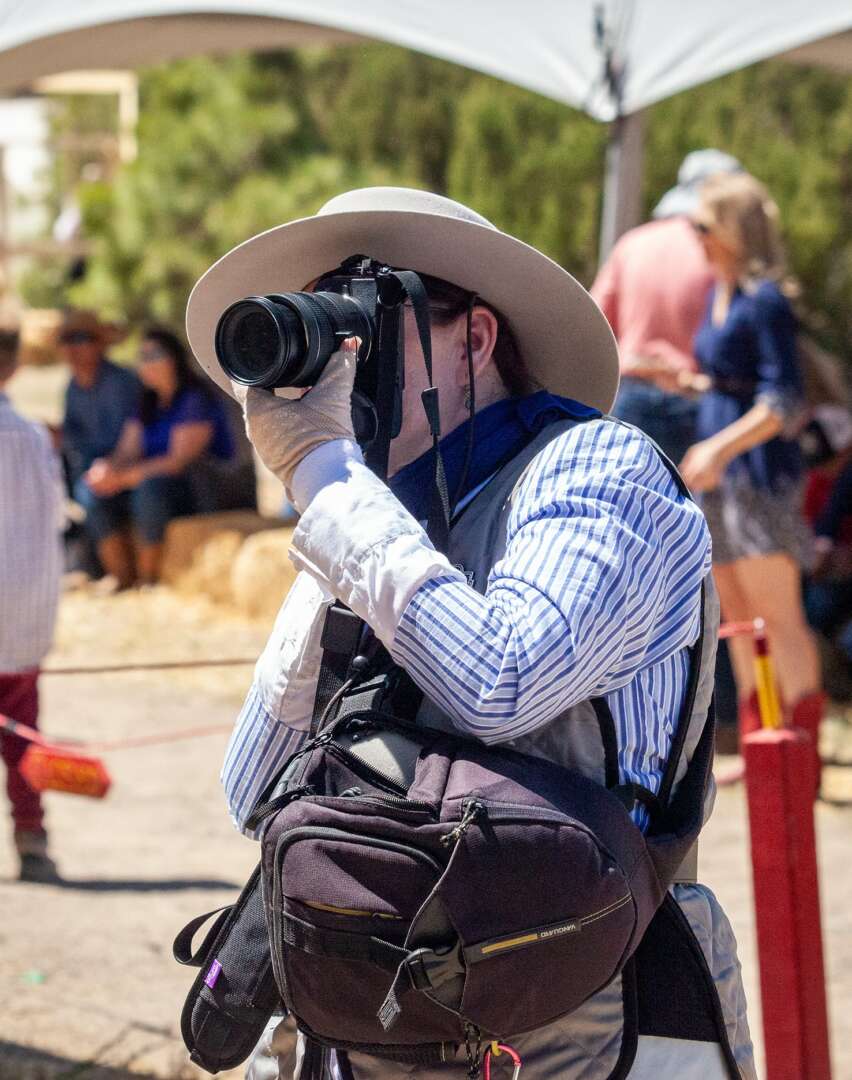Alright – so today we’ve got the honor of introducing you to Wendy Hayes. We think you’ll enjoy our conversation, we’ve shared it below.
Wendy, thanks for joining us, excited to have you contributing your stories and insights. Let’s start with a story that highlights an important way in which your brand diverges from the industry standard.
There are many talented photographers out there, but what sets me apart from many others is my education and experience.
I studied acting, music (instrumental and vocal), and dancing all throughout my childhood. I learned basic sewing skills from my mother as I used to watch her as a child make my dresses for special events. In college I also studied hair and makeup design as well costume design in addition to the performing skills mentioned earlier. While in these creative environments, I collaborated with many other performers, artistic directors, costume designers and hair and makeup artists on various projects such as: theatrical productions, film, music video and photography.
Because of this background I understand light, movement, fabric/texture, emotion and other key elements such as use of color, that comprise together to create a story in a photograph.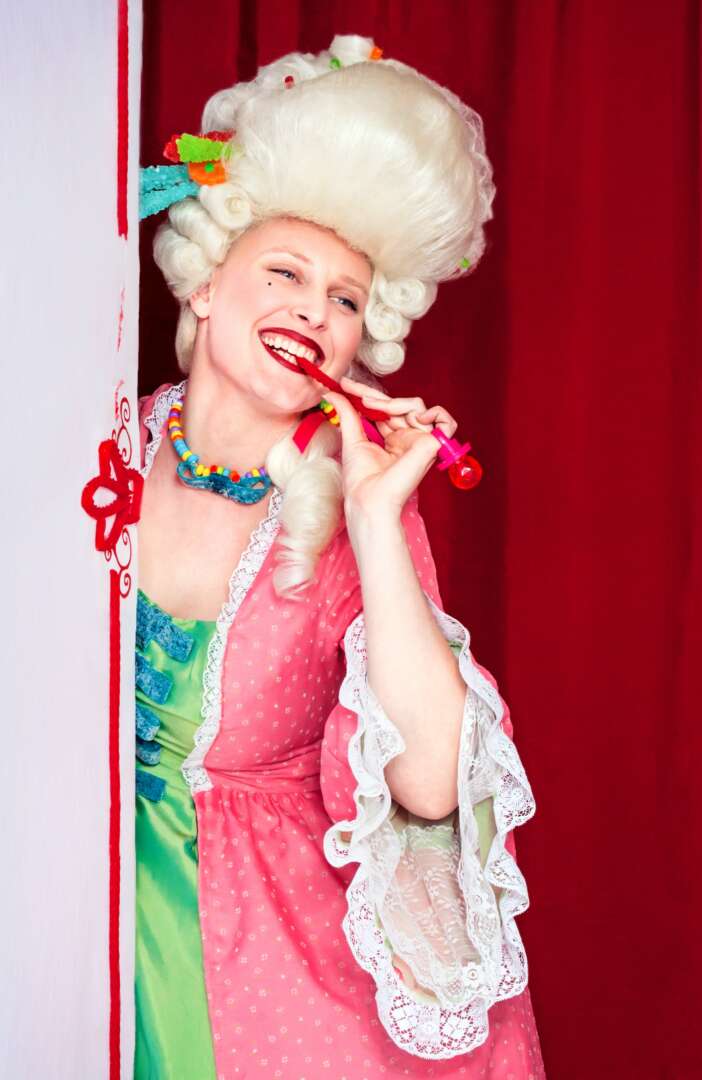
Awesome – so before we get into the rest of our questions, can you briefly introduce yourself to our readers.
Creating a story in a photograph is like an onion. There are many layers. Due to social media most people focus only the outside- clothing and hair and makeup; the vanities of the photograph, but many do not realize that the clothing and the location of the shoot has a story as well.
For example, I have a current client that I am assisting them in putting together a Viking costume. Many people have watched Viking movies and TV shows as it has been a recent trend in entertainment. There are different regions that Vikings came from. The Viking age lasted about 300 years, styles did vary according to time, weather and region. Each region has different characteristics such as weather elements that would play a key role in what they wear according to season. What was their social class? What is their job/role in their community? That also plays a role in what they wear. What colors represented what back then? Different cultures at different times colors had different meanings. What kind of fabrics did they use? Also the talent/actor/model has a character and they have a story such as did they have a bad injury from a fight that they have a scar from? Do they have children that make them tired? The more details that one can provide makes the character come to life better and just not a generic shell of a person.
These are things that I bring to the table prior to doing a photoshoot with any talent. To me a photoshoot is more than just a flat, emotionless, and forgettable event.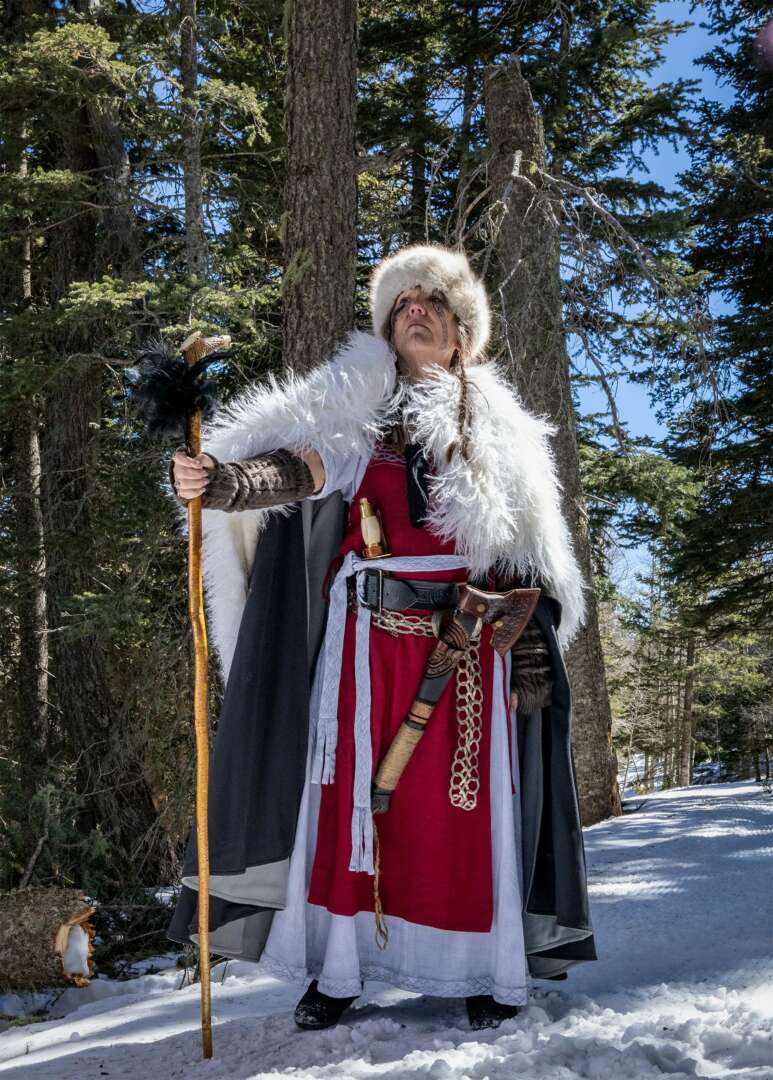
How about pivoting – can you share the story of a time you’ve had to pivot?
When I first started off in photography as a semi-professional photographer, I did private family portraits and children’s parties. I even did some weddings as a supporting photographer. I started to get into studio work with the purchase of my first lighting kit. I was excited to get things going!
Shortly after that, I had moved to a different state. Life became very busy and working to gain a whole new clientele seemed overwhelming. Then my health started declining. I had to put away any serious photography for several years in order to focus on my health and just getting through day-to-day life while being sick. I did do a couple of photoshoots from time to time to help soothe the creative monster that lives inside me. During that time off of any serious photography, it really gave me a chance to understand what I liked, what motivated me to be creative and what I didn’t miss at all and never wanted to revisit!
Then I had to move again as a final means in hopes that it would help me in my recovery of my health. Once my health did come back, I was able to fully process what I did enjoy about my art and what I do not. Upon that happening, I was able to redirect myself and do a complete rebranding. I am now a commercial photographer that specializes in costumed/theme events and editorial portraits.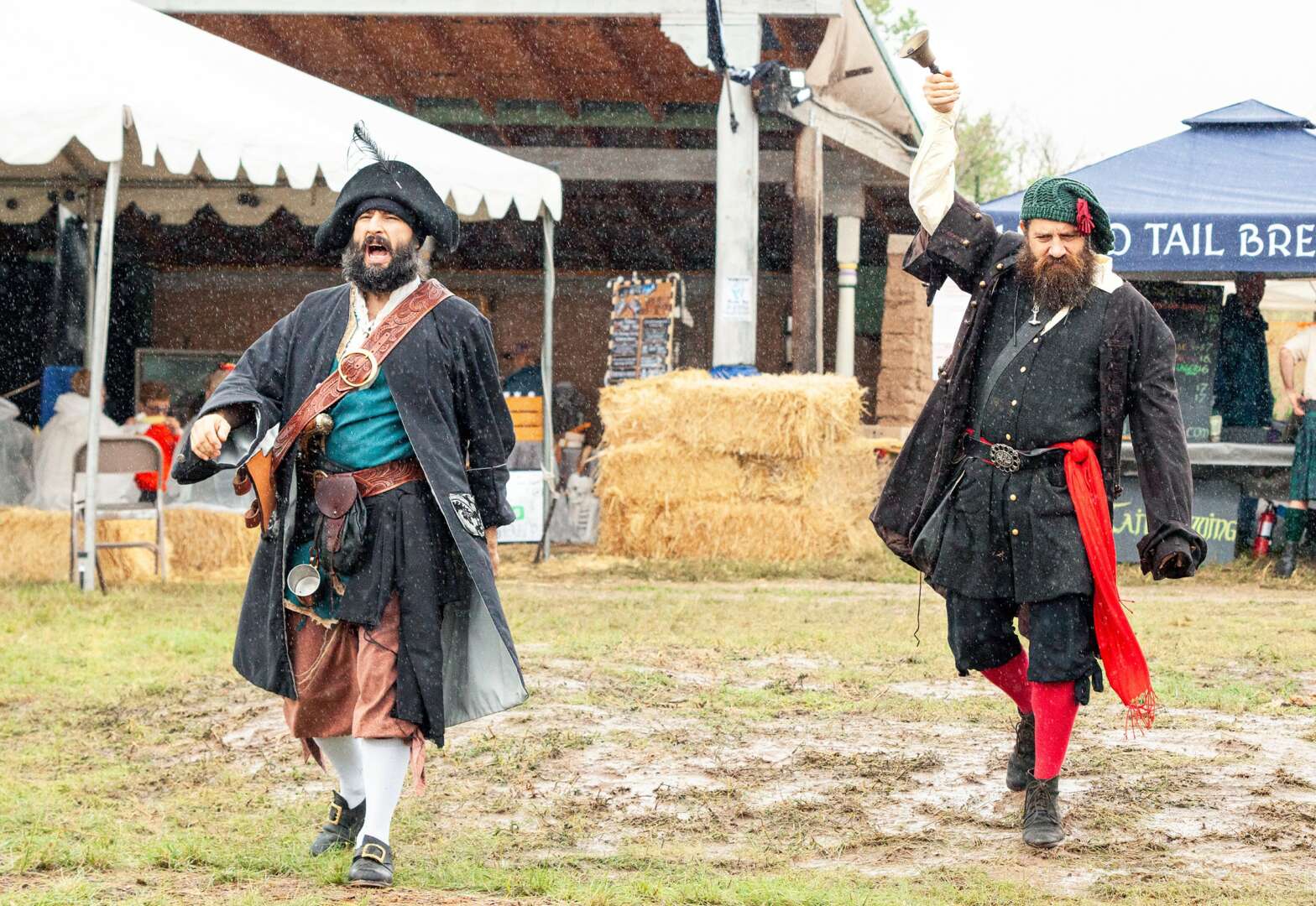
Do you think there is something that non-creatives might struggle to understand about your journey as a creative? Maybe you can shed some light?
When doing pre-production for a photoshoot, there are hours of work that need to be done. Not only does it require time to find the proper talent, but also a proper location.
Since I do costuming, I need to find or make a costume that will be used. In order to make a costume, it requires time to research and to actually make the costume. Depending on the costume, it can take anywhere from 12 to 40 hours to make one. As far as costs, it can cost anywhere from $20 to $400 to make one depending on the fabrics and how they are obtained. Hair and makeup- can they provide their own? It’s important that the hair and makeup match the artistic style/era to the costume.
Location- is it indoors or outdoors? What will the weather be? Do I have permission to photograph there? Do I need to pay to get a permit? How long do I need the location for? Is there a risk of non-involved parties/elements getting in the way and they ruin the illusion of what story that I am trying to create? What kind of photography equipment do I bring? How long will the photoshoot be? Do I need to provide food and drink for talent? If outdoors, so I need to bring shelter and chairs for them? Will I need to hire an assistant?
These are just basic questions that I have to ask and plan for every time I do a photoshoot.
Then there is the post shoot. Editing the RAW files. Editing can be anywhere from 10 hours to 40 hours depending on how much work is needed and how many final images are to satisfy the client.
Then there is the cost of photography equipment. Just starting with a quality camera starts at about $1000. Then there are memory cards for the photo files. Those are about $30 for the cheap ones. A professional photographer should always have 2 cameras with them in case the other ones fails so that the photoshoot does not have to be rescheduled or even worse, miss an important moment. Multiple memory cards and multiple batteries as well. A computer that can properly handle the large amount of file space that is used for quality photo files.
This is just a brief overview of what a photographer has to do on a production-by-production basis. I won’t even get into details of insurance, contracts, other business elements such as marketing, promotion and client satisfaction.
Contact Info:
- Website: https://wendyhayes.mypixieset.com/
- Instagram: https://www.instagram.com/lets_wendy_with_wendy
- Facebook: https://www.facebook.com/wendyhayesart
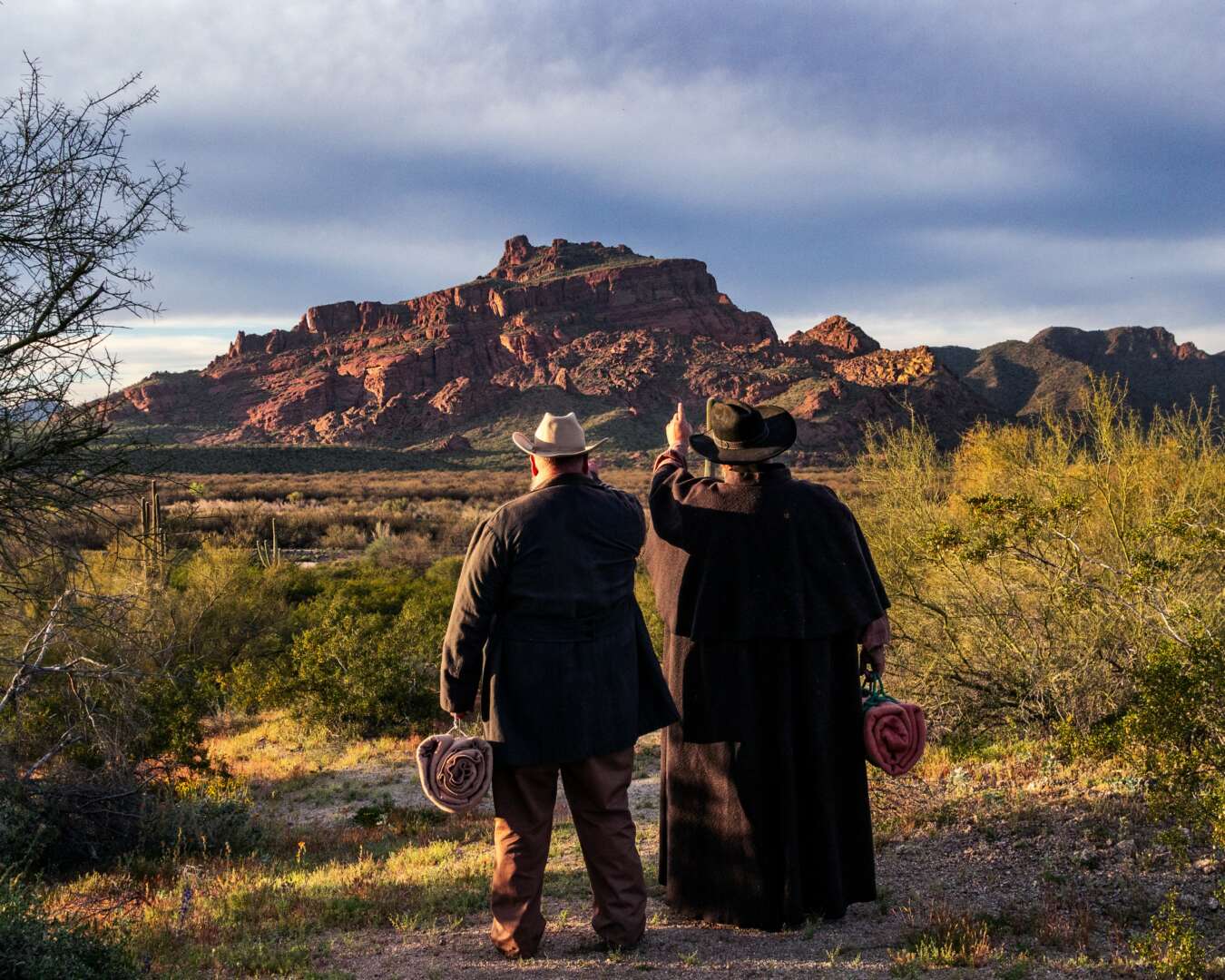
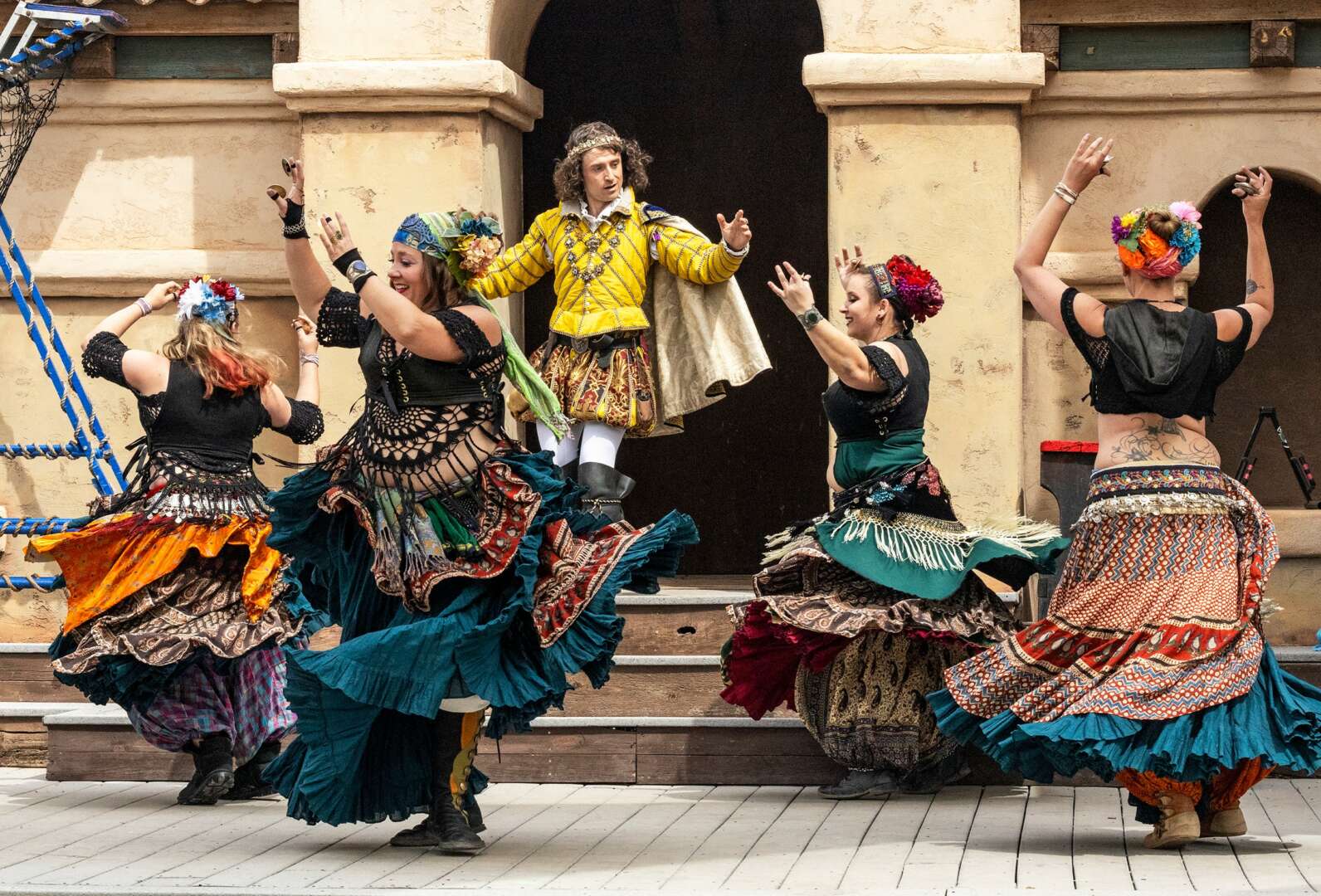
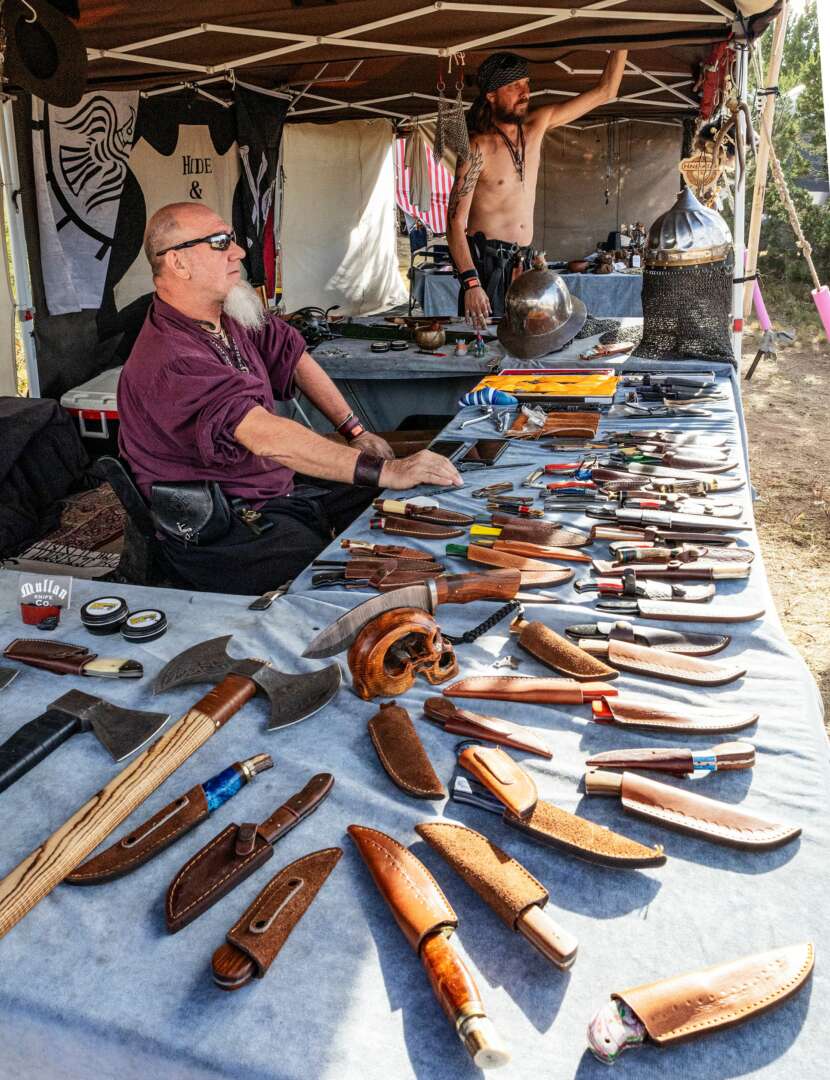
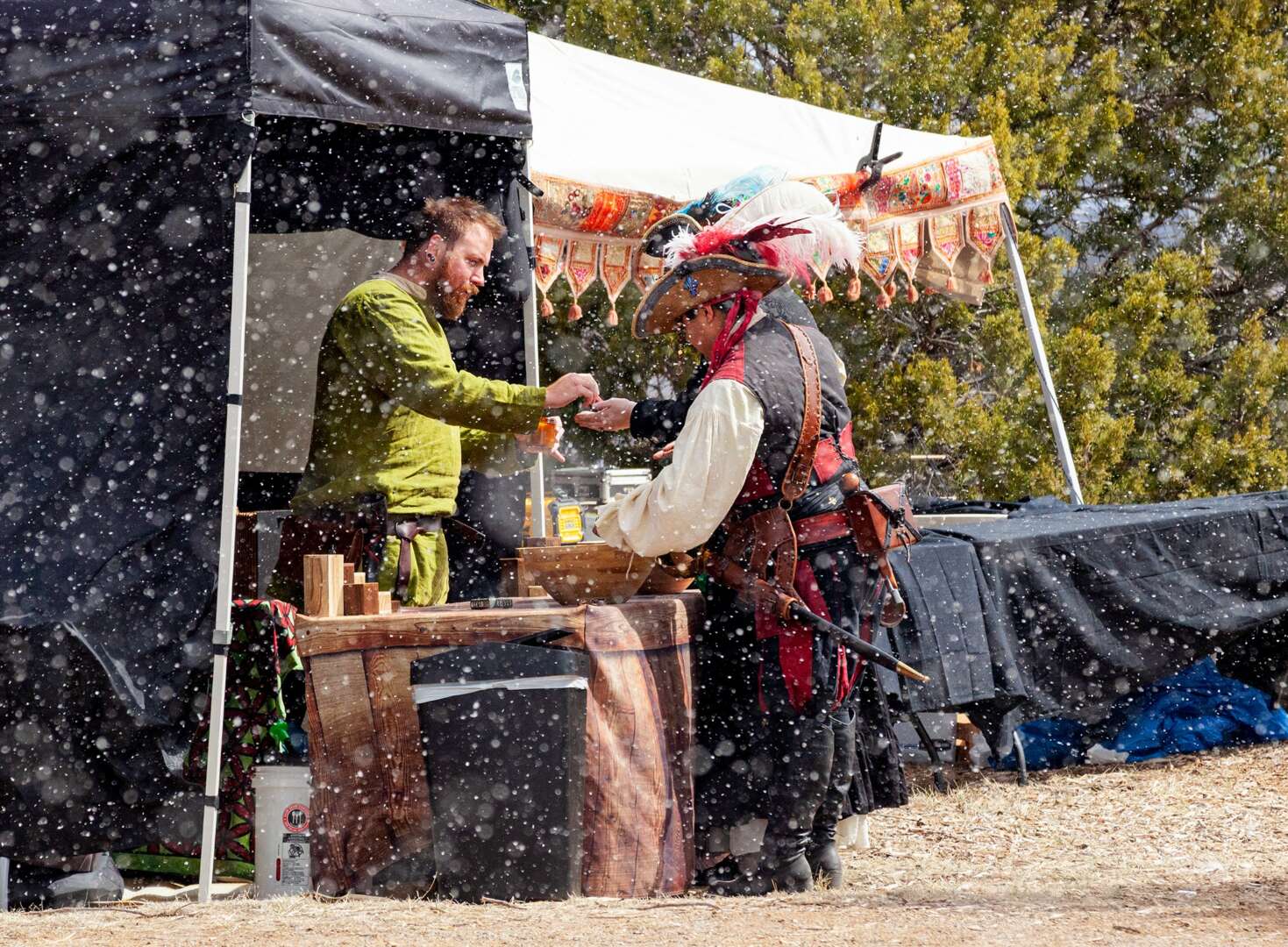
Image Credits
All photos are by me.


